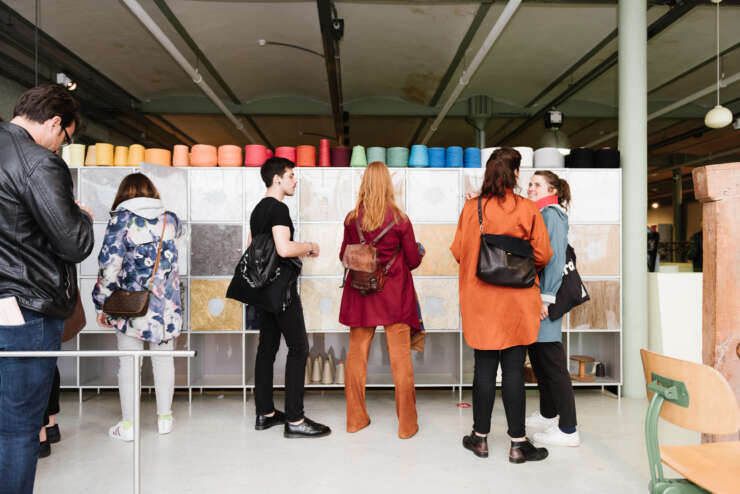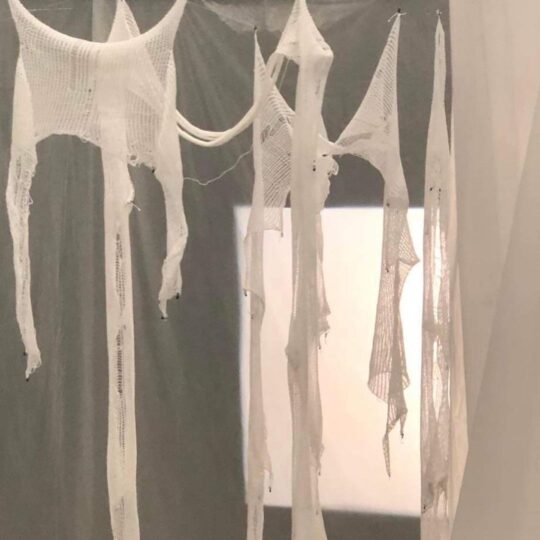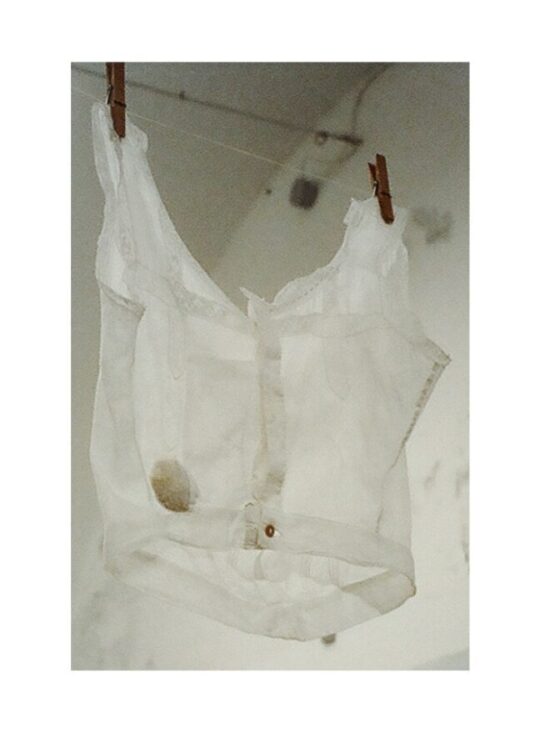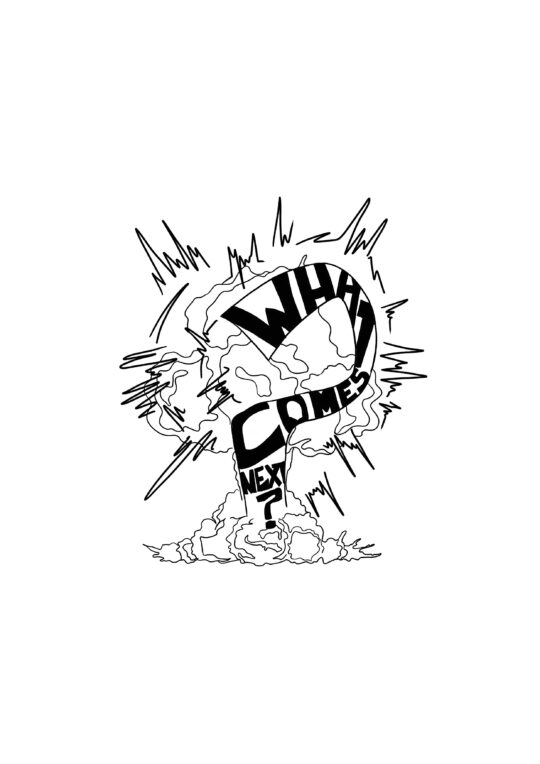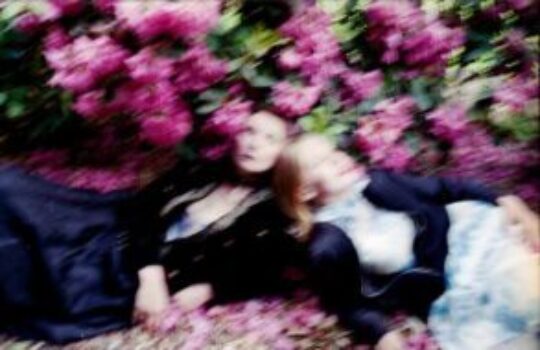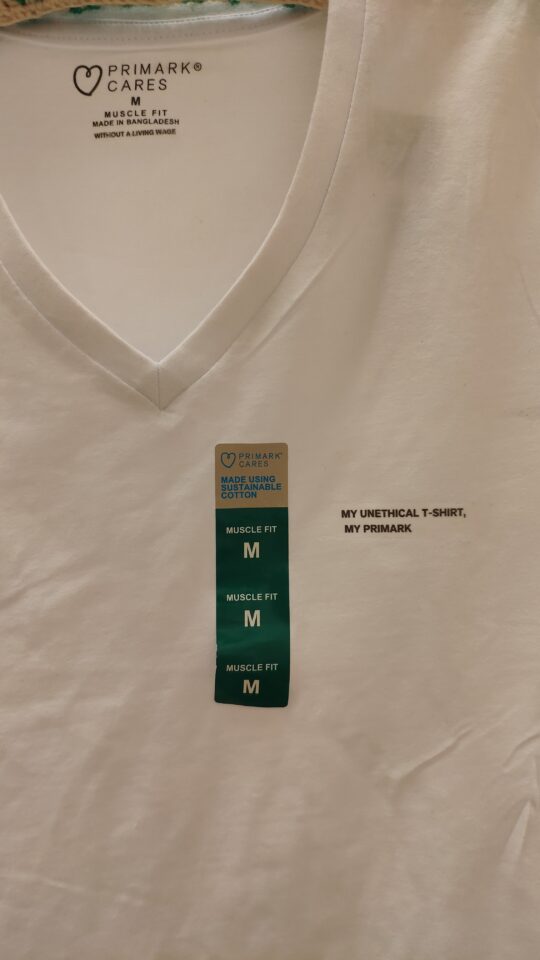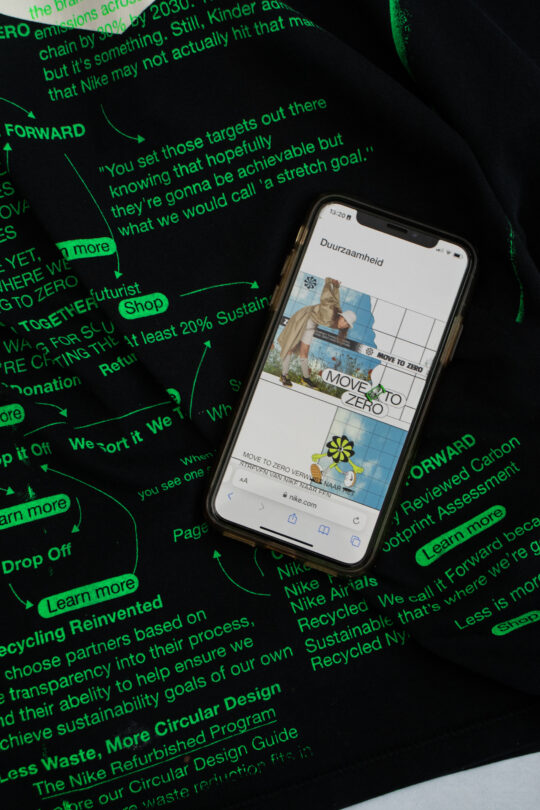A Shopping spree: a waste of waste - What comes next?
Nanook Cools and Sarah De Geyter are the rising fashion designers of the What comes next? Collective. They enjoy working on installations that blur the boundaries between performance, art and fashion. Exclusively for the festival, they created an installation criticising the established disposable culture and our mass consumption. With their life-sized clothing pile, they want to wake people up: "What are we doing? Constantly looking for the next aesthetic dopamine kick." Argues Nanook. The duo went door-to-door to ten Ghent households. As a result, the installation created itself organically. The colour palette, shape and size is entirely decided by donations. "Adapting to your surroundings and working with what we have, that's the true sustainable message." Sarah confirms.
The young designers admit that it is difficult to design in an eco-friendly way. Meanwhile, there is already enough clothing for the next six generations. "To be truly sustainable, we don't have to make anything new anymore" the young ladies admit, "I won't put the word sustainabilty in my mouth. It is difficult to really know where your fabric comes from. So how sure are you of your sustainability?" Sarah and Nanook remark.
With the installation, they want to outrage, confront and make visitors think about their consumption behaviour. "Everyone should feel personally attacked, because there is literal piece of them lying there. A piece they no longer attach any values to." This is how the What-comes-next-designers hope their visitors learn to cherish their clothes.
Check out this expo on the fourth floor of the Industriemuseum.
